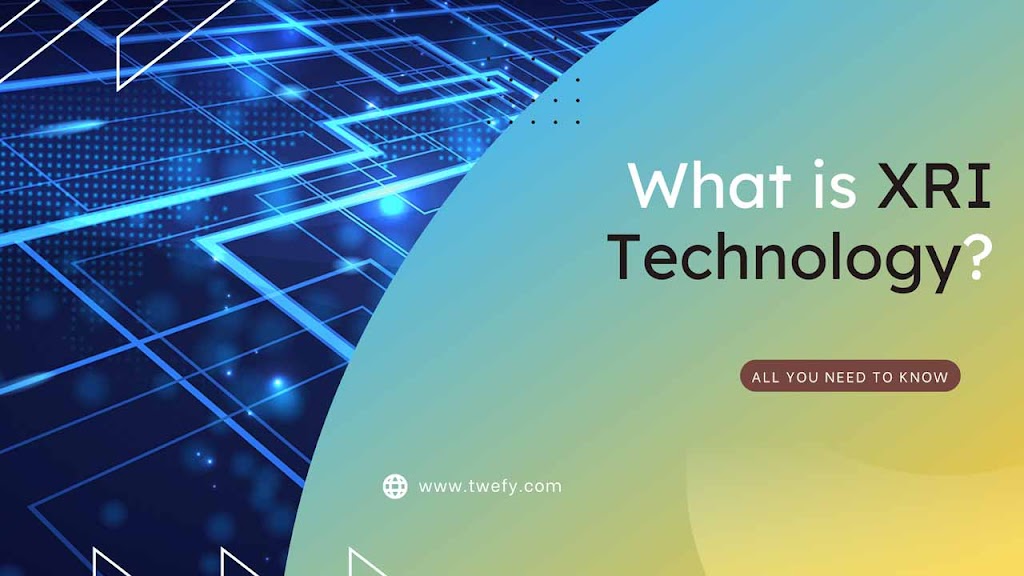In the vast Internet landscape, the need for standardized and flexible resource identification has always been a paramount concern. Enter XRI, an acronym for Extensible Resource Identifier.
XRI is a revolutionary technology designed to create and resolve identifiers for diverse resources on the Internet. This article delves into the intricacies of XRI technology, exploring its history, advantages, functioning, and potential applications.
Let’s embark on a journey to understand the essence of XRI and its potential impact on how we interact with the digital realm.
Contents
The History of XRI Technology:
The roots of XRI can be traced back to the XRI Technical Committee at OASIS, an open standards organization.
The initial version of the XRI specification was unveiled in 2005, marking the first step towards standardizing resource identification on the Internet.
Subsequent iterations led to the development of XRI 3.0 in 2015, refining the technology for greater efficiency and usability.
Advantages of XRI Technology over Traditional URIs:
1. Flexibility:
XRI offers unprecedented flexibility in identifying resources. It extends beyond traditional Uniform Resource Identifiers (URIs) to cover a broader spectrum of resources, including individuals, businesses, services, and data.
2. Extensibility:
One of the core strengths of XRI lies in its extensibility. It allows for easy integration of new features and functionalities, making it adaptable to future technological advancements and application requirements.
3. Robustness:
XRIs are designed robustly, ensuring resilience against errors and security attacks. This robustness enhances the reliability of resource identification and resolution processes.
How XRIs Technology Work?
The i-name is a crucial extension of XRI technology. It provides a human-readable identifier for resources. Typically, short and memorable strings, such as “Johndoe” or “my company,” i-names facilitate easy reference to help.
The i-number complements the i-name by providing a unique identifier for resolving an XRI. Usually a long, randomly generated string, the i-number ensures precise and unambiguous resource resolution.
When an XRI is resolved, it returns an XML document containing pertinent information about the resource. This XML document typically includes the i-name, i-number, and other metadata associated with the help.
Applications of XRI Technology:
XRIs are extensively used in identifying individuals on the Internet. This application creates online profiles, facilitates communication, and manages social media accounts.
Business Identity:
XRI technology provides a robust mechanism to identify businesses online. It plays a vital role in establishing online storefronts, managing customer accounts, and processing payments.
Service Discovery:
XRIs excel in service discovery, enabling the location of various web services, online resources, and APIs. This application enhances the overall user experience and efficiency of online interactions.
Data Exchange:
XRIs serve as an efficient means of exchanging data between applications. This capability allows for seamless sharing of contact information, file transfers, and document exchange.
The Future of XRI
While XRI shows immense potential to revolutionize Internet interactions, widespread adoption remains challenging. XRI requires support from various applications and services to unlock its full capabilities.
As technology evolves and the need for flexible resource identification becomes more apparent, XRI might gain traction and carve its place in the digital landscape.
Conclusion
XRI technology stands as a beacon of progress in resource identification on the Internet. Its flexibility, extensibility, and robustness make it a compelling solution for many applications.
As the Internet continues to evolve, XRI has the potential to reshape the way we interact with digital resources, empowering individuals, businesses, and services alike.
With continued support and integration into various platforms, XRI could herald a new era of seamless, standardized resource identification on the World Wide Web.
FAQs
What are the critical differences between XRI and traditional URIs?
XRI and traditional URIs (Uniform Resource Identifiers) share a foundation in URI syntax but differ significantly.
While traditional URIs are limited in scope and typically used to identify web resources, XRI provides greater flexibility, allowing the identification of a wide range of resources beyond web resources.
XRIs also introduce the concept of i-names and i-numbers, providing human-readable identifiers and unique resolution keys, respectively, which enhances the robustness and extensibility of XRI compared to traditional URIs.
How is XRI being adopted in the industry?
As of my last knowledge update in September 2021, XRI was still in the early stages of adoption and had not achieved widespread usage.
Its potential applications, such as personal and business identity, service discovery, and data exchange, were being explored, but widespread implementation was limited.
However, it is essential to note that technology adoption can change rapidly, and new developments may have occurred since then.
Is XRI technology secure?
Yes, XRI technology is designed with security in mind. Its robustness and resistance to errors and attacks make it a secure choice for identifying and resolving resources on the Internet.
However, like any technology, its security depends on proper implementation and adherence to best practices.
Can XRIs be used interchangeably with traditional URIs?
While XRI technology extends beyond traditional URIs and offers more flexibility, they are not entirely interchangeable.
XRI has its syntax and extensions, making direct substitution of XRIs for traditional URIs challenging. Additionally, the adoption of XRI depends on the support it receives from various platforms and applications, which might not be universally available now.
How can developers integrate XRI into their applications?
Developers can integrate XRI into their applications by incorporating XRI resolution libraries and implementing XRI handling mechanisms.
Several XRI libraries and tools allow developers to process XRIs, resolve them to corresponding resources, and extract relevant information from the resulting XML documents.
However, as the adoption of XRI is not widespread, developers should carefully assess the compatibility and support of XRI technology within their target platforms before integrating it into their applications.




